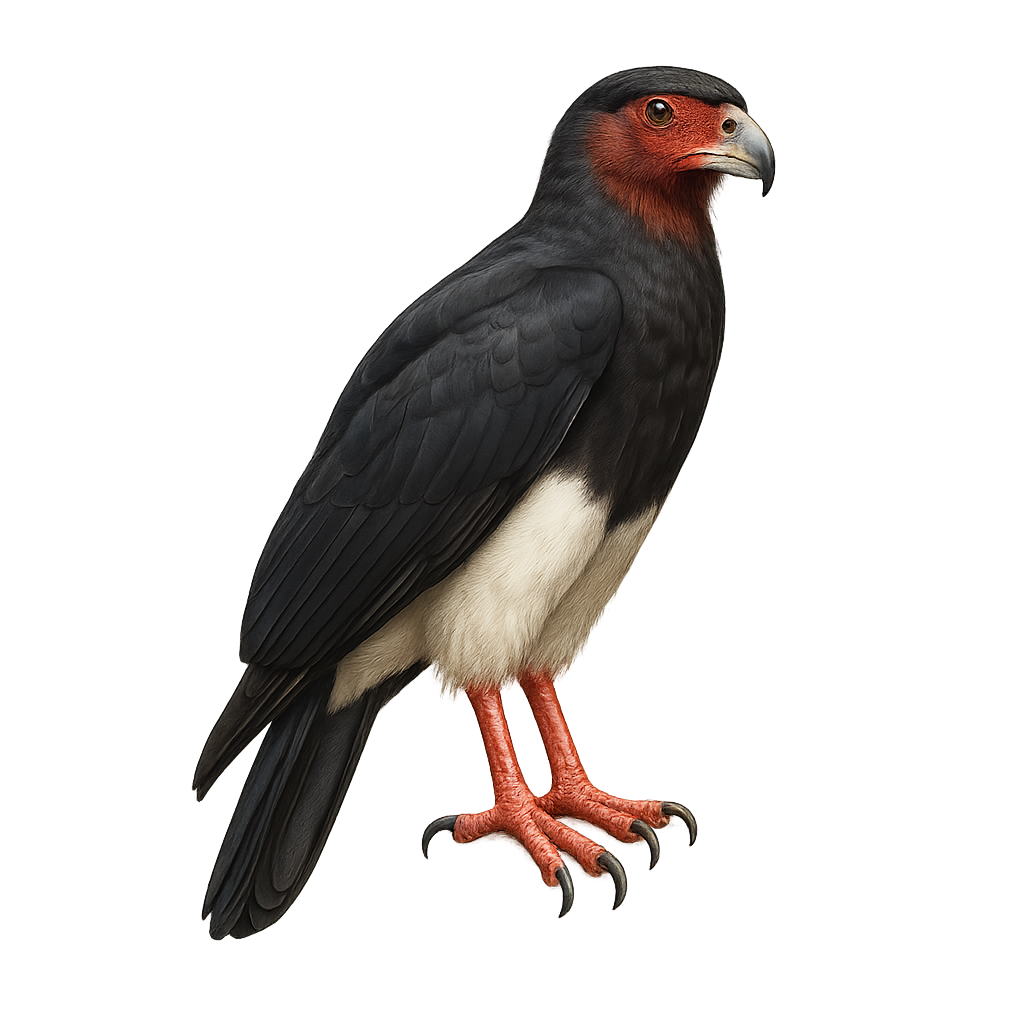Your wildlife photography guide.
Explore the red-throated caracara in detail, study its behavior, prepare your shots.
Where to observe and photograph the red-throated caracara in the wild
Learn where and when to spot the red-throated caracara in the wild, how to identify the species based on distinctive features, and what natural environments it inhabits. The WildlifePhotographer app offers tailored photography tips that reflect the red-throated caracara’s behavior, helping you capture better wildlife images. Explore the full species profile for key information including description, habitat, active periods, and approach techniques.
Red-throated Caracara
Scientific name: Ibycter americanus

IUCN Status: Least Concern
Family: FALCONIDAE
Group: Birds
Sensitivity to human approach: Suspicious
Minimum approach distance: 10 m
Courtship display: January to May
Incubation: 30-33 jours
Hatchings: February to June
Habitat:
Tropical forests, wooded areas, forest edges
Activity period :
Primarily active during the day, with peak activity in the morning and late afternoon.
Identification and description:
The Red-throated Caracara, Ibycter americanus, is a fascinating bird of prey belonging to the Falconidae family. It is distinguished by its bright red throat and black and white plumage. This bird is primarily found in the tropical forests of Central and South America, where it plays an important ecological role as a predator of insects and small vertebrates. The Red-throated Caracara is known for its social behavior, often observed in noisy family groups. It is also recognized for its ability to dislodge wasp nests, feeding on the larvae. Although its conservation status is currently "least concern," deforestation poses a potential threat to its natural habitat.
Recommended lens:
400 mm – adjust based on distance, desired framing (portrait or habitat), and approach conditions.
Photography tips:
To photograph the Red-throated Caracara, it is advisable to use a telephoto lens of at least 400mm to capture detailed images from a distance. As this bird is suspicious, it is best to remain discreet and blend into the environment to avoid startling it. Tropical forests offer variable lighting, so adjust your ISO settings accordingly to get sharp photos. Opt for times of the day when the light is soft to capture the bright colors of its red throat.
The WildlifePhotographer App is coming soon!
Be the first to explore the best nature spots, track rutting seasons, log your observations, and observe more wildlife.
Already 1 431 wildlife lovers subscribed worldwide

